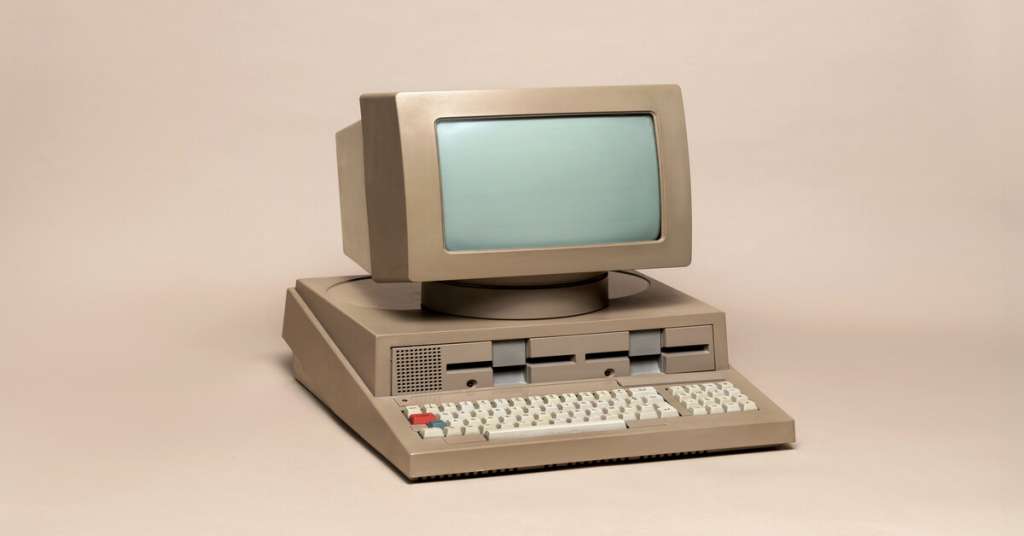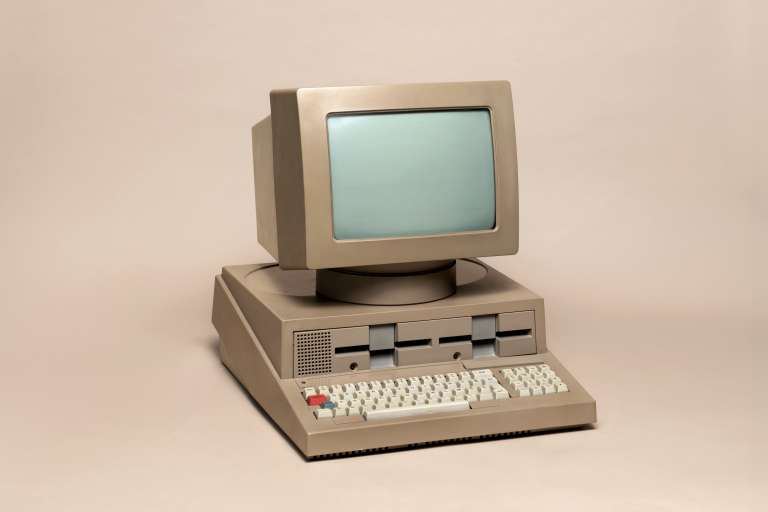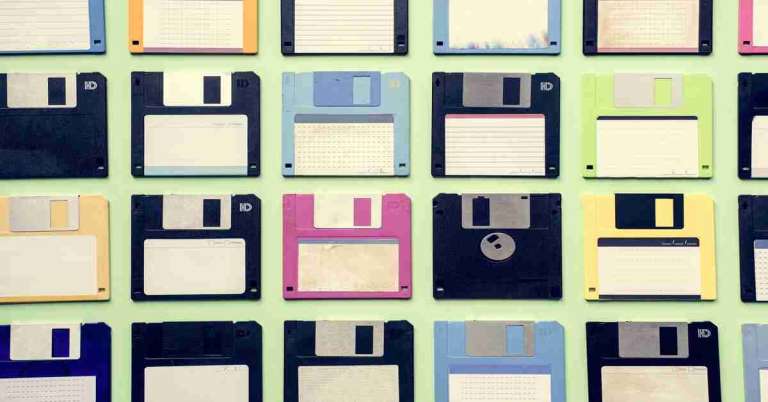Vintage software has a special and special position in the fast growing world of technology. Not only did these early programs and applications provide the foundation of modern day computing; they also still affect the digital world today. This paper will discuss the contribution of old software to modern technology, how it has influenced the development of software, user experience and identity to digital culture preservation.
The Foundations of the History of computing
Early Software Innovations
Vintage software can be described as software that was created in the early years of computer development, specifically between the 1960s and early 1990s. It was the period of introduction of the main software applications, such as operating systems, productivity tools and programming languages. Notable examples include:
- DOS (Disk Operating System): DOS was introduced and released in the late 1970s, and it was a main reason behind early personal computing revolution as it provided a command-line interface through which its users could interact with their computers.
- WordStar: WordStar was among the earliest word processors, released in 1978, and it was the first word processor to establish the standard of text editing and document formatting that had a direct influence on the design of a word processing application today.
- VisiCalc: VisiCalc was the first spreadsheet application and was released in 1979, which transformed the way business was calculated and handled data, and which led to the appearance of other spreadsheet software such as Microsoft Excel.
These pioneering software developments gave the necessary functions that are available to the users even now, and they demonstrate how old software is shaping the way modern applications operate.
Research on Modern Software Development
Programming Languages
The use of the vintage software was significant to the creation of the programming languages that are still used in shaping the software development practices. For instance:
C Programming Language: C was created in the early seventies and formed the basis of most current programming languages such as C++, Java and Python. Its impact is now seen in the syntax and structure of modern day coding practices.
BASIC: BASIC, introduced in the 1960s was a programming language created to be accessible to first-time programmers and was so successful that it spawned a host of educational programming environments and also shaped the way programming is taught today.
Vintage software principles and methodologies have been used in the development of newer development tools, frameworks, and languages which enable developers to create applications of growing complexity and efficiency.
User Interface and Design
The work interfaces of the old softwares formed the foundations of the current design practices. Very early graphical user interfaces (GUIs) including those in Macintosh System Software and Windows 1.0 brought about ideas such as:
Point-and-click navigation: This user-friendly design has enabled more people to join the computing environment, and it has contributed to the creation of easy-to-use applications with ease of use being the main consideration.
Windowed interfaces: Multitasking between applications with windowed interfaces has also become the standard of the modern operating systems that have become more productive and user-friendly.
Looking through software of the past, the designers of today understand how to properly design the user interface, which is why modern programs are not confusing and difficult to use.
Digital Culture Preservation
Embracing Nostalgia
Software also has a significant role in the preservation of digital culture (vintage software). Due to the development of technologies, retro computing and software preservation attract more and more interest. Numerous groups and individuals strive to preserve and archive old software so that the future generations can learn and see history. This nostalgia creates a feeling of attachment to the early history of computing and outlines the development of technology over time.
Educational Value
Vintage software can be considered a valuable educational resource, which can inform about the history of computing and technological evolution. Coding boot camps and other educational institutions frequently include old software as part of their curriculum to learn the basics of programming and the history of the software development process. With the knowledge of the problems and limitations of the early programmers, students are able to know the progress that is being made in the new technology.
Conclusion
The contribution of the old software towards the digital world as it is today cannot be underestimated. Vintage software has created an unerasable mark on modern technology since the initial innovations in programming language and user interface, up to the maintenance of digital culture. As we keep on inventing and creating more applications, the knowledge gained with the old software teaches us of the significance of knowing our technological background. Taking up this legacy does not only reflect the achievers of computing, but also educates the future of software development and design.
Frequently Asked Questions (FAQs)
1. What is considered to be vintage software?
Vintage software can be thought of as programs and applications written in the early 1970s and more generally the early 1960s up to the early 1990s. These are the early ways of operating systems, productivity programs and programming languages that have made a considerable impact on the current technology.
2. What role has old software played in the current technology?
The legacy software has contributed to the present-day programming languages, user interface design and the software development techniques. Ideas and features that evolved in the vintage world still shape the modern applications and tools.
3. So what is the point of maintaining old software?
The historical aspect of computing, which is important to preserve old software, is essential in appreciating the progress of technology and offering educational opportunities to the future generation. It enables us to gain knowledge of the past and appreciate the efforts of the software pioneers.







Leave a Comment